DWA-A 102
New legislation for the discharge of
precipitation runoff from residential areas
Worksheets DWA-A 102/BWK-A 3, Part 1 and Part 2 on the discharge of stormwater runoff from residential areas into surface waters
Rainwater treatment of sealed surfaces
The new Code of Practice 102 published in December 2020, developed by the DWA (German Association for Water, Wastewater and Waste) and the BWK (German Association of Engineers for Water Management, Waste Management and Cultural Engineering), sets new standards in terms of stormwater treatment of sealed surfaces. For the first time, the focus here is on the new material target value TSS63 (filterable substances). In future, the areas to be drained will be divided into different load categories and pollution levels.
Precipitation from category I areas with low levels of pollution is classified as not requiring pre-treatment by a technical treatment plant. Correspondingly higher levels of pollution are expected from category II and III areas. As a result, run-off precipitation must undergo appropriate pre-treatment before being discharged into surface waters.
The perfect treatment systems for the requirements of DWA-A 102
3P Technik Filtersysteme GmbH offers various treatment systems that reliably meet the required efficiency levels in relation to the target value TSS63 and are therefore ideally suited for cleaning the areas described above. Our 3P Hydroshark sedimentation system is perfectly matched to the requirements of DWA-A 102 and thus offers you the greatest possible flexibility in the design and realization of your projects. Thanks to the combination of our DIBt-approved product portfolio, the 3P Substrate Filter Hydrosystems, all load categories and area sizes can be safely treated and drained in a targeted manner.
SEDIMENTATION PLANTS
SEDIMENTATION FOR DISCHARGE INTO SURFACE WATERS
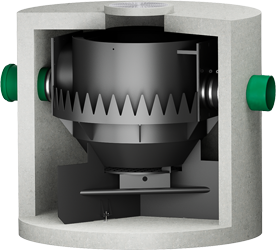
HYDROSHARK
- Interpretation according to
DWA-A 102, DWA-M-103 - Tested according to
separation edict NRW - LANUV-list NRW
- NJDEP-certified
- NJCAT-verified
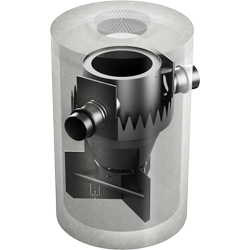
HYDROSHARK VARIO
- Interpretation according to
DWA-A 102, DWA-M-103 - Tested according to
separation edict NRW - LANUV-list NRW
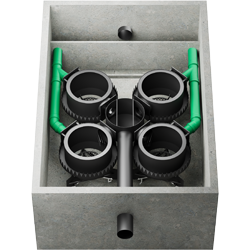
HYDROSHARK MODULAR
- Interpretation according to
DWA-A 102, DWA-M-103 - Tested according to
separation edict NRW - LANUV-list NRW
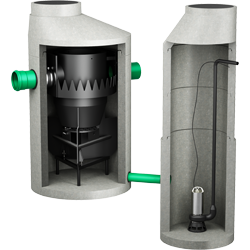
HYDROSHARK
WITH PUMP SHAFT
- Interpretation according to
DWA-A 102, DWA-M-103 - Tested according to
separation edict NRW - LANUV-list NRW

HYDROSHARK GULLY
- Interpretation according to
DWA-A 102, DWA-M-103 - Tested according to
separation edict NRW - LANUV-list NRW

HYDROSHARK WITH BYPASS
- Interpretation according to
DWA-A 102, DWA-M-103
Filtration for infiltration or discharge into surface waters
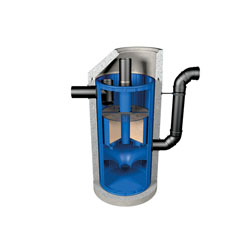
HYDROSYSTEM 1.000
- DIBt approval
- LfU Metal Roof approval
- Interpretation according to
DWA-A 102, DWA-M-153 - LANUV-list NRW
- VSA-performance testing
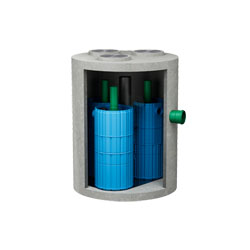
MULTIPLE UNITS
HYDROSYSTEM 1.000
- DIBt approval
- LfU Metal Roof approval
- Interpretation according to
DWA-A 102, DWA-M-153 - LANUV-list NRW
- VSA-performance testing
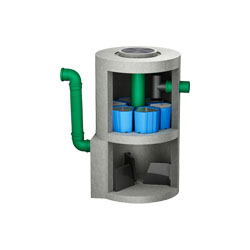
HYDROSYSTEM 1.500
- DIBt approval
- LfU Metal Roof approval
- Interpretation according to
DWA-A 102, DWA-M-153 - LANUV-list NRW
- NJDEP-certified
- NJCAT-verified
- VSA-performance testing
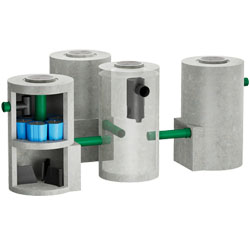
MULTIPLE UNITS
HYDROSYSTEM 1.500
- DIBt approval
- LfU Metal Roof approval
- Interpretation according to
DWA-A 102, DWA-M-153 - LANUV-list NRW
- VSA-performance testing
MICROPLASTICS
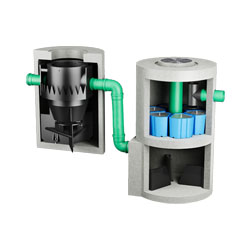
HYDROSYSTEM MICROPLASTICS
- Interpretation according to
DWA-A 102, DWA-M-153 - Tested in the Field test
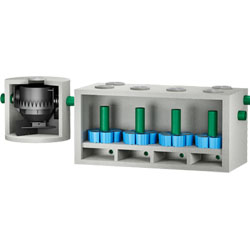
HYDROSYSTEM MODULAR
- Interpretation according to
DWA-A 102, DWA-M-153 - Tested in the Field test
OTHER TREATMENT PLANTS
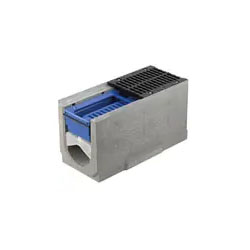
BIRCO PUR
- DIBt approval
- LANUV-list NRW
- Interpretation according to
DWA-A 102, DWA-M-153 - VSA-performance testing
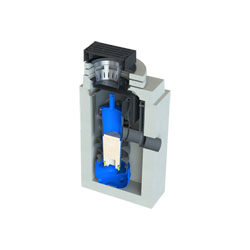
BUDAVINCI
- DIBt approval
- LANUV-list NRW
- Interpretation according to
DWA-A 102, DWA-M-153
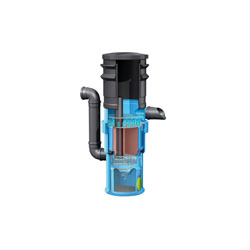
HYDROSYSTEM 400
- LfU metal roof approval
- Interpretation according to
DWA-A 102, DWA-M-153
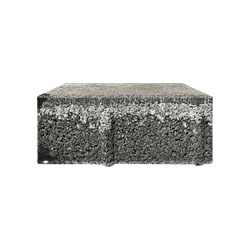
ECO SAVE
- DIBt approval
FLOW REGULATOR
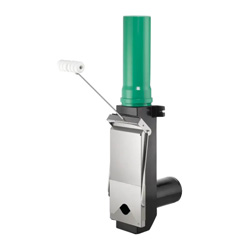
FLOW REGULATOR
- Test certificate
Stormwater treatment DWA-A 102
New and amended regulations
Worksheet DWA-A 102/2 /BWK-A 3-2 regulates the handling of rainwater before it is discharged into surface waters. It has been valid since December 2020. The worksheet replaces the withdrawn Code of Practice DWA-M 153 for stormwater treatment when discharging into surface waters.
The revised DWA-A 138-1 will apply to rainwater infiltration in the near future; this has been available in yellow print since November 2020. Both worksheets are coordinated with each other, so the principles of treatment are comparable.
When does rainwater need to be treated?
The new key parameter for rainwater treatment from a material perspective is filterable substances with a size between 0.45 μm and 63 μm (TSS63). The reason for this is that the finest solids in particular contain the largest proportion of micropollutants such as heavy metals or polycyclic aromatic hydrocarbons. The aim of rainwater treatment is to reduce the concentration and load of TSS63 from rainwater runoff from paved surfaces to a level that is tolerable for water bodies.
As in the previous DWA worksheets and codes of practice, the pollution (“load”) of areas to be drained is defined in tables. “The assessment of the pollution of precipitation water and, if applicable, the scope of necessary treatment measures prior to discharge (see 5.2.2 and 5.2.3) is based on general knowledge of the occurrence of substances in different source areas, primarily in relation to the reference parameter TSS63 (grain size 0.45 μm to 63 μm).” (DWA 2000a)
Precipitation water is generally divided into three categories: slightly polluted (category I), moderately polluted (category II) and heavily polluted (category III), Table 1. Precipitation water in categories II and III must be treated.
YOU NEED PROFESSIONAL
SUPPORT OR
HAVE QUESTIONS FOR US?
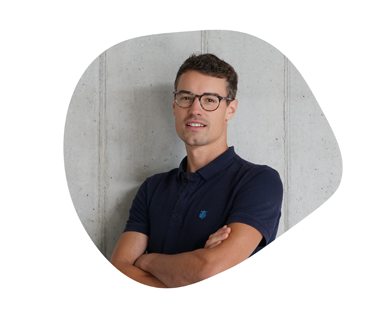
Jonas Bitterling, M. Eng.
Project Engineer
Tel +49 (0) 7334 92460-12
Mail bitterling@3ptechnik.de
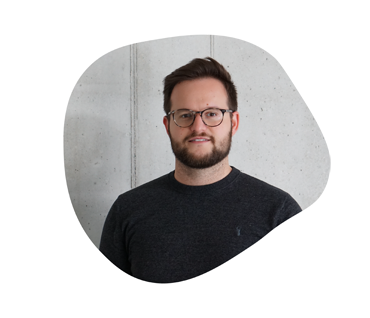
Daniel Betschner,
Master Professional of
Technical Management (CCI)
Project Engineer
Tel +49 (0) 7334 92460-32
Mail betschner@3ptechnik.de
